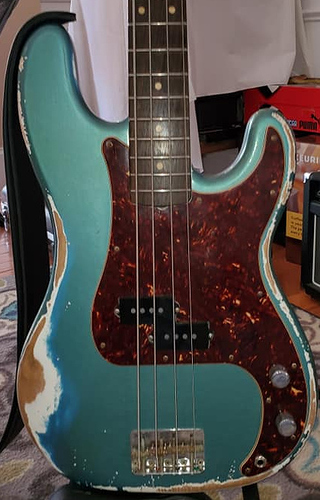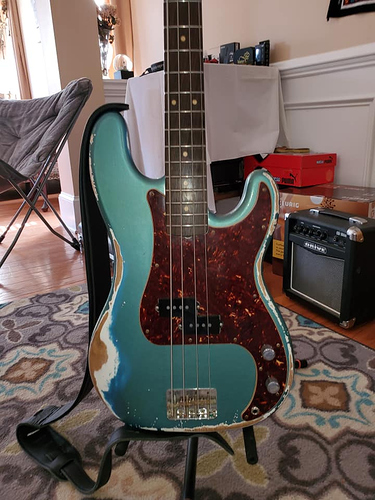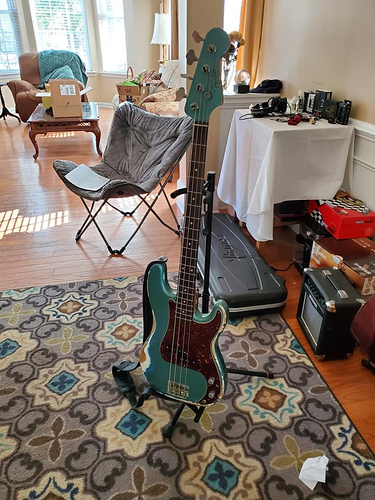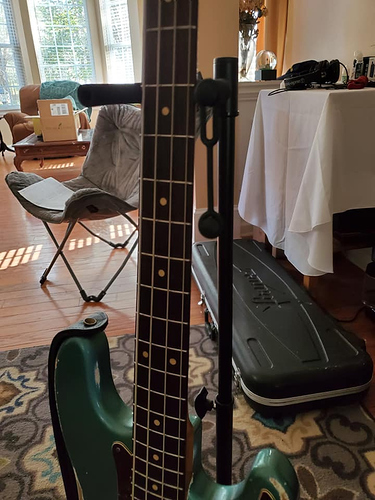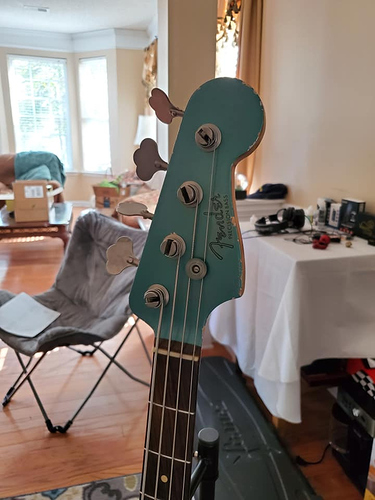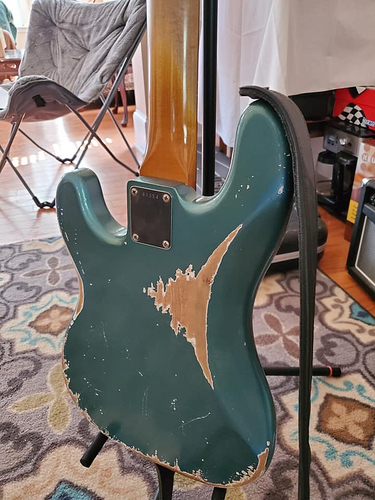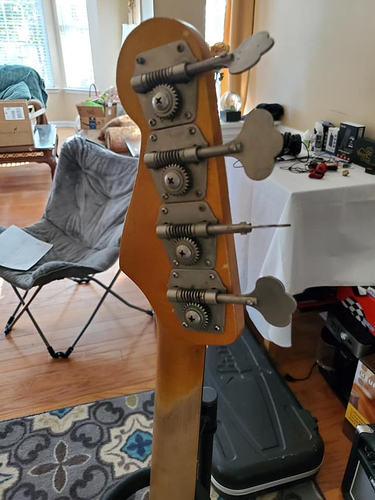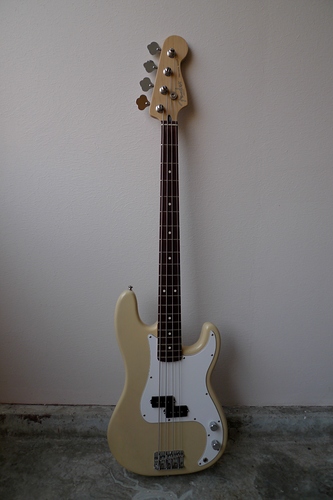I was wondering what would finally bring out the dark side for the BassBuzz forum. Apparently, it’s a bad relic-ing job that finally did it. 
All of that aside, back to the OP’s original questions…
As for what’s worth it, no body can really answer that question but you. For me, it comes down to cost. How much do I really like this instrument versus how much will it take for me to make this instrument in to what I want it to be. One of the things you can do with upgrading, is spread out the cost over time. Upgrade X this month, upgrade Y next month, etc. So, then the question becomes, “What is the foundation instrument I want to start with?”.
To do a full paint job, you need to remove everything: neck, bridge, pickups, pickguard, strap buttons, etc. That’s just for a jazz bass. Everything that isn’t the body needs to be removed for the paint job and if you’re going to get the head painted to match, all that hardware needs to be removed also. I know @terb either did or had done a custom paint job and he might have some insight to share.
When you start getting into the electronics, either repairing or removing and reinstalling for paint, you need to be able to solder and do Internet research to make sure you’re putting all the connections back together correctly.
All of that really comes down to, “Do you enjoy working with your hands? Do you like using tools? Do you want to do this bad enough to watch hours of YouTube videos to learn how? Do you have a spare you can practice on to learn what the pitfalls could be?” @PeteP found a $50 bass to practice with and he made a bunch of modifications.
It’s like most things, if this sounds fun to you then you’ll probably like doing it and if you like doing it, then you’ll probably enjoy figuring it all out. If all that sounds like a pain in the ass, then you might want to skip it and stick with the things you enjoy.
Okay, if none of that scared you off…
I’m a big fan of both. To me it’s a whole new way of being able to get to know your instrument and understanding why everything works the way it does. Having said that, would I do anything to my primary instrument? Absolutely not. Because, for me, being able to play and practice overrides everything else. I’m looking forward to getting a $50 beater bass for just this purpose.
